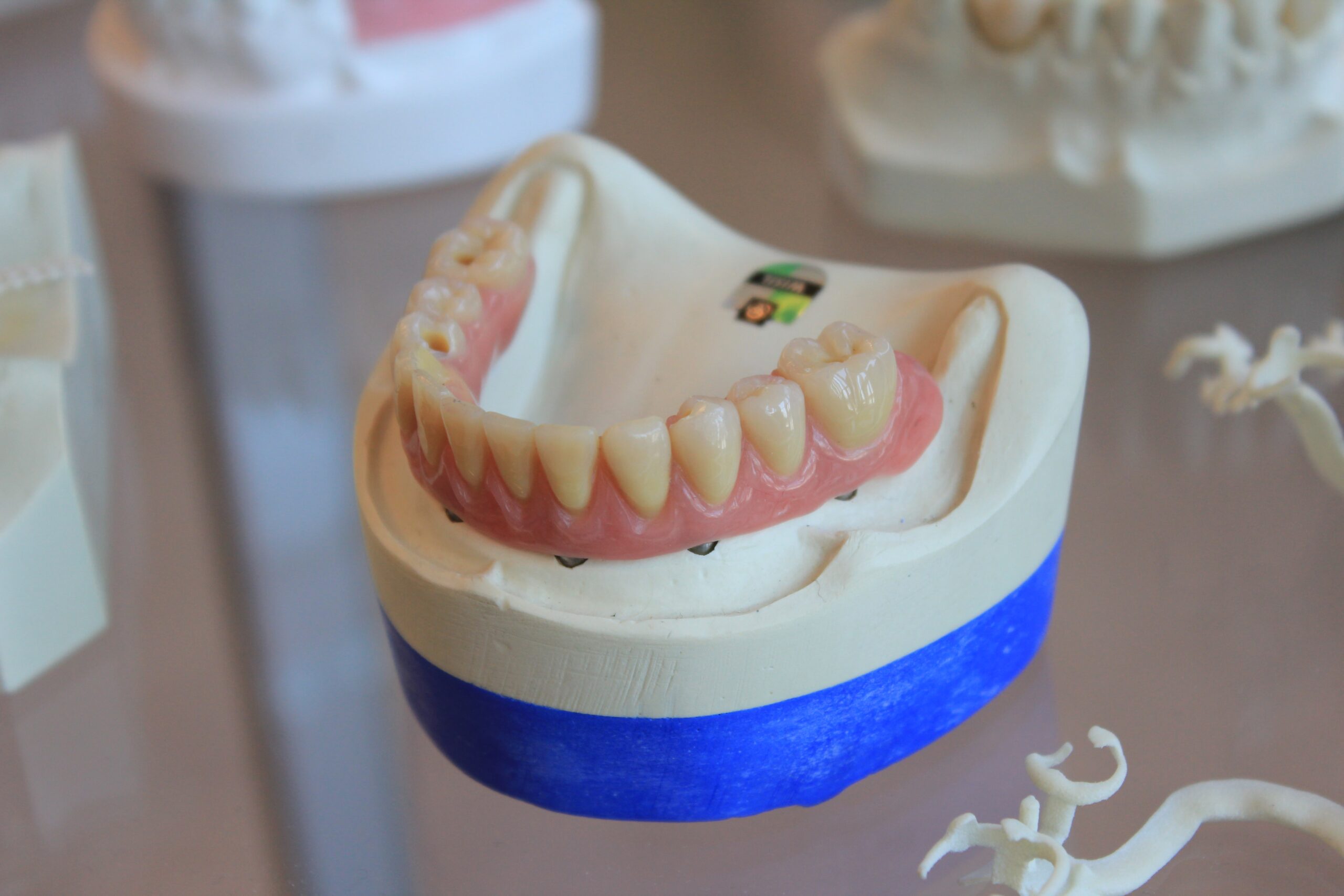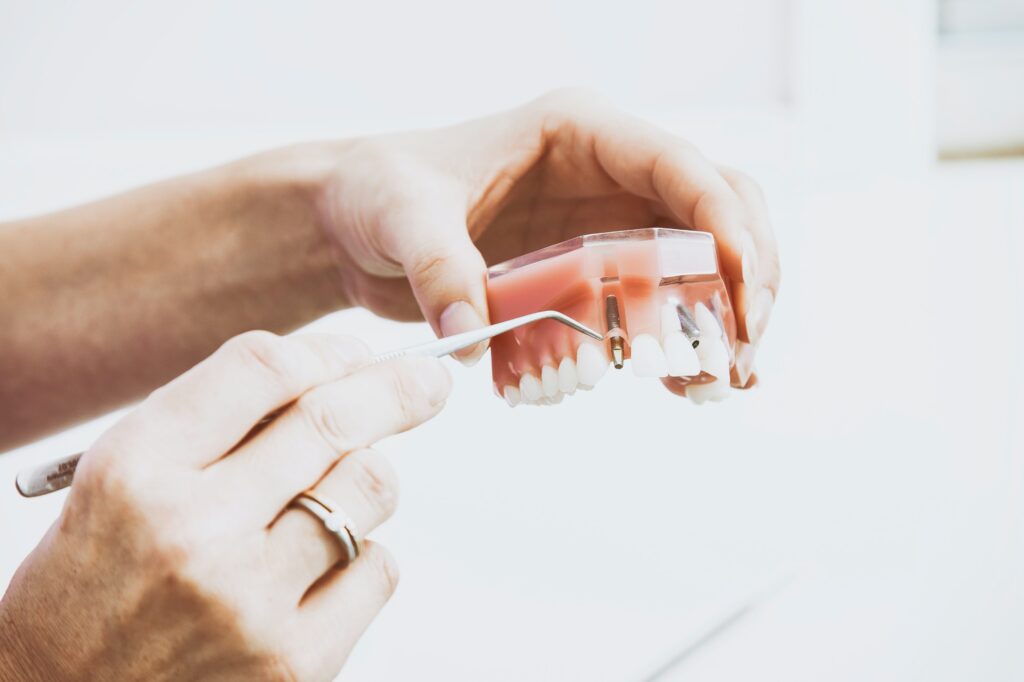Pros and Cons of Flexible Partial Dentures

Why Do I Need A Partial Denture?
When teeth are missing it is best to fill in the spaces to keep the teeth from shifting forward. Having a full set of teeth helps with proper chewing and aids in the digestion of foods. The more the food is chewed the more able your body is to digest the food and use the nutrients and minerals found in the food. Speech is also affected by missing teeth and filling in the missing spaces will help with speech issues as well.

What Kind Of Partial Do I Need?
Tooth replacement has come a long way in the last few years. Dental implant procedures have made a huge impact on the dentist community and have become more of an option for patients dealing with individual tooth replacement. However, when multiple teeth are missing then the options become more limited as the cost becomes greater regarding the dental implant. Traditional removable denture replacements have always been a solid option to replace multiple teeth in the same arch. A top removable partial denture needs to be solid to ensure a good suction(hold)is achieved. Otherwise, if they don’t have a good suction a paste needs to be used to secure the denture to the palate. It is not recommended to us Valplast for a top flexible partial. However, on the bottom, the removable partial denture relies on the clasp and mechanical fit to be held in no so much on the suction but the clasps.

What Is Valplast?
There is a new type of removable partial denture that is flexible partial and is more comfortable than the traditional partial denture. Valplast flexible partial dentures are a great option to talk with your dentist about getting. Flexible partial dentures are easier to remove, easier to chew with, and easier to keep clean. Valplast denture material is less invasive than the acrylic used in older partial denture materials. Flexible partial dentures don’t show the metal clasps. The Valplast partial denture is designed to fit over the anchor teeth like a sleeve. This allows for the teeth to appear as natural as possible. With most patients there is minimal soreness or pressure point pain as the resin is so flexible it moves with each use. However, there are some cases where sore spots can be found due to the replacement teeth being too flexible and causing wear spots that will hurt. This can be easily fixed by using some denture paste. Valplast resin flexible partial can tear but not break.
Conclusion
There are many benefits to both types of materials we discussed. The flexible material is best for the bottom jaw and the more solid framework and acrylic type are great for the top jaw. Every patient is different and each case is different. The recommendations are there to guide the dental health professional in what treatment is best for the patient and the situation of that patient. There may certain conditions present that a traditional material will be best or there may be disabilities that the patient will benefit greatly from the flexible more forgiving material of the resin. Valplast has been around for several years but just recently become a more popular option for patients. It is way more affordable and readily available to the dentist and labs. Make a consultation appointment to see what you need to do to get your missing teeth replaced. Your dental health professionals are ready to give you a cost estimate and take the diagnostic measures to discuss all your options regarding your new partial denture and it’s care

